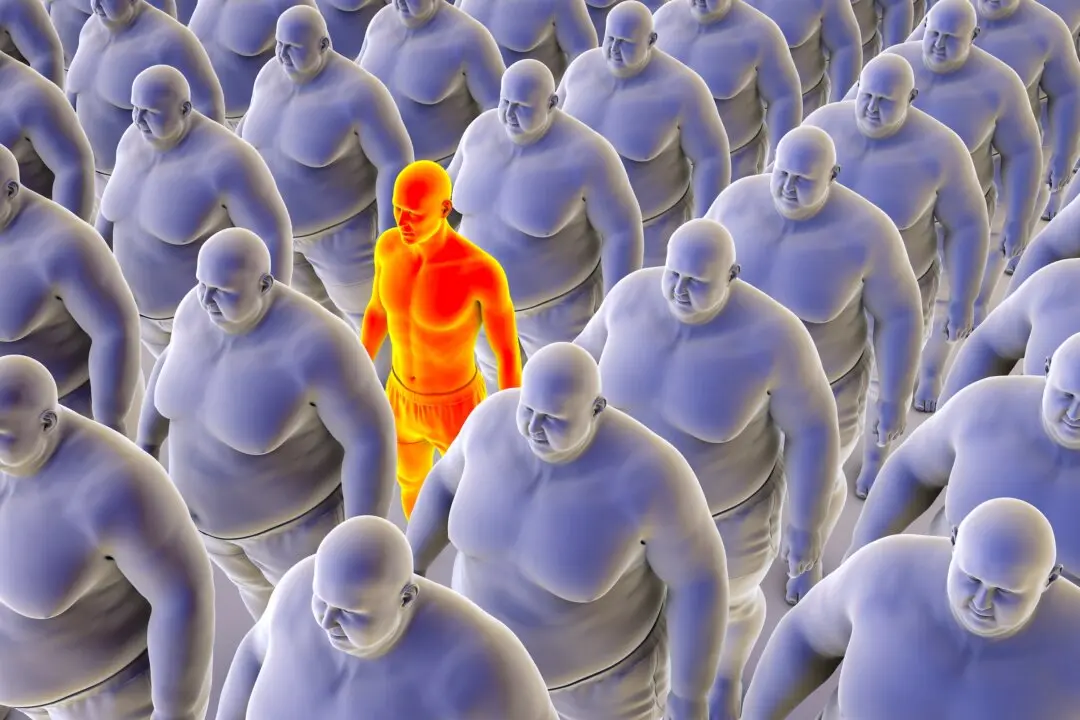Back pain is perhaps one of the most common health complaints across the globe. Worldwide, 1 in 10 people suffer from lower back pain, and it’s the No. 1 cause of job disability.
Seventy-five to 80 percent of back pain cases do resolve within two to four weeks, with or without treatment. This is particularly true for mechanical low-back pain (LBP), which is the second most common symptom-related reason for doctor’s visits in the U.S.
LBP is typically preceded by some form of injury or strain, such as lifting an object or twisting while holding something heavy, operating vibrating machinery; car collisions, or falls.
Prolonged sitting is also on this list, which may explain why simply standing up more is part of the solution in many cases. Medscape lists a number of tests used to diagnose LBP, as well as a number of ways to manage such pain. This includes:
- Controlling inflammation
- Restoring range of motion
- Improving muscle strength and endurance
- Coordination training and cardiovascular reconditioning
- Maintaining an exercise program
First Line of Treatment — Stay Active!







